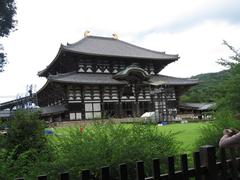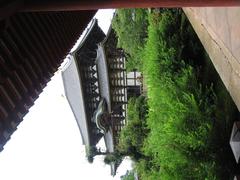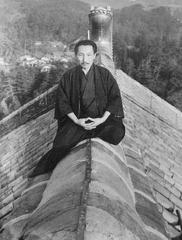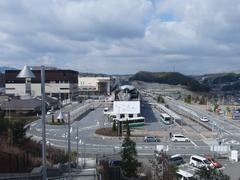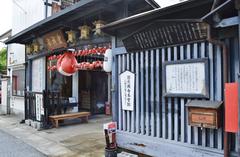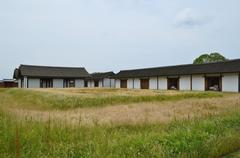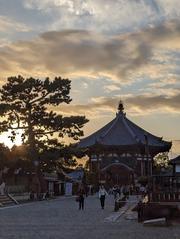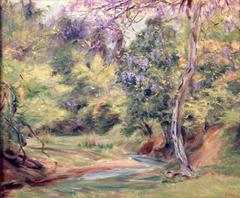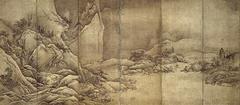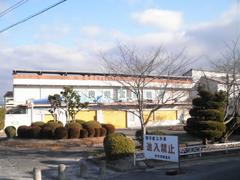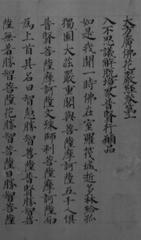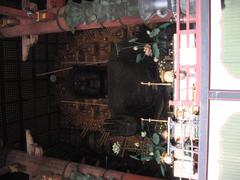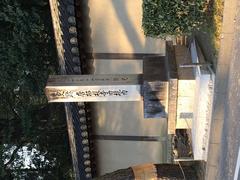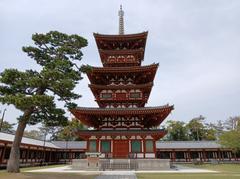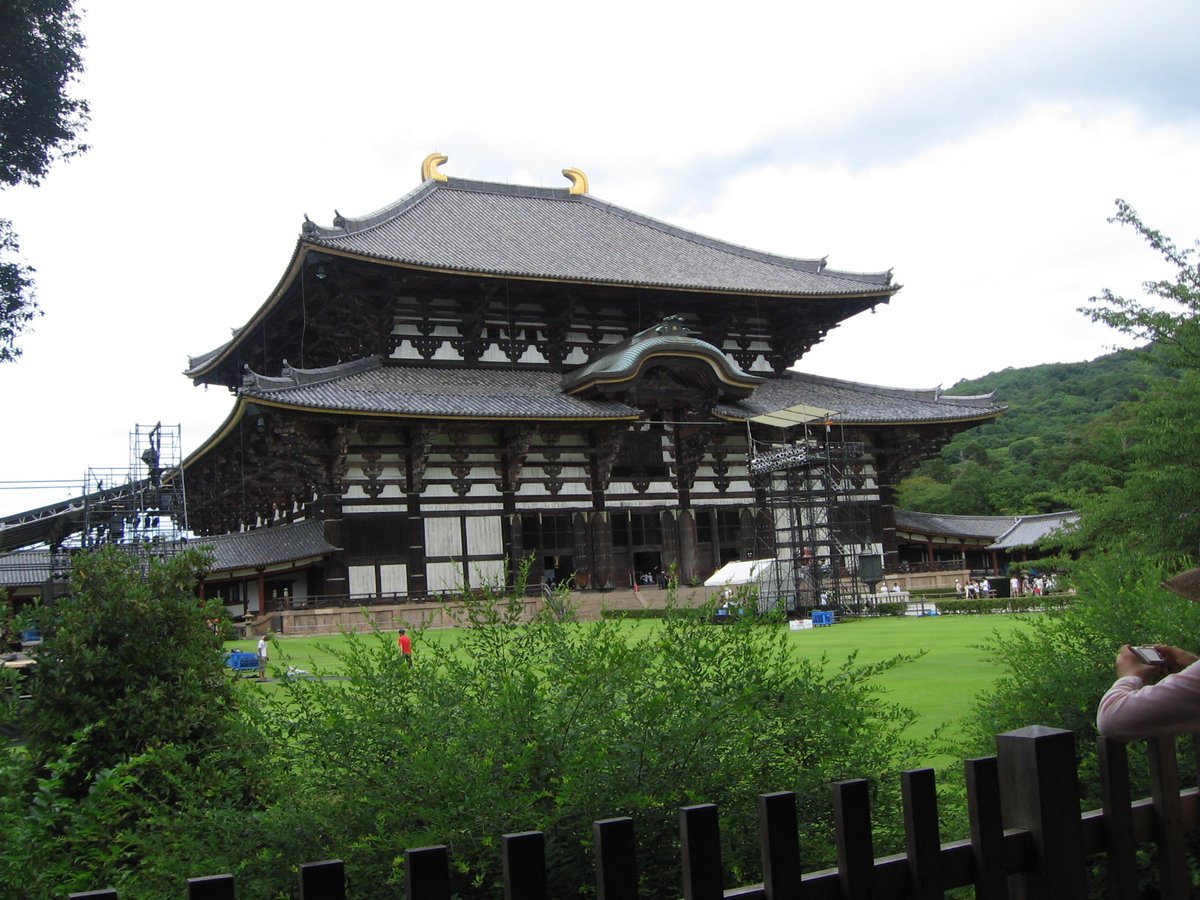
Great Buddha Hall (Daibutsuden) at Tōdai-ji, Nara: Visiting Hours, Tickets, and Ultimate Travel Guide
Date: 15/06/2025
Introduction
Nestled in the heart of Nara Park, the Great Buddha Hall (Daibutsuden) at Tōdai-ji Temple stands as an enduring symbol of Japan’s religious, cultural, and architectural achievements. Originally commissioned in the 8th century by Emperor Shōmu, this monumental structure was designed to enshrine the colossal bronze statue of Vairocana Buddha (Daibutsu). Over centuries, the hall has witnessed periods of destruction and restoration, yet remains a flagship of Japanese craftsmanship and Buddhist devotion, attracting millions of visitors annually (shimizuart.org; visit-japan-travel.com).
This comprehensive guide provides essential information for planning your visit—covering history, architecture, tickets, accessibility, nearby attractions, and practical tips—ensuring a memorable experience at one of Japan’s most treasured World Heritage Sites.
Table of Contents
- Historical Background
- Planning Your Visit
- Architectural and Artistic Significance
- Tōdai-ji Temple Complex Overview
- Visiting Hours, Tickets & Accessibility
- Nearby Attractions and Transport
- Special Events and Guided Tours
- Frequently Asked Questions (FAQ)
- Practical Tips for Visiting
- Recommended Itineraries and Souvenirs
- Conclusion and Call to Action
- References and Further Reading
Historical Background
Origins and Foundation
The Great Buddha Hall was established during the Nara Period (710–794 CE) as part of Emperor Shōmu’s grand vision to unify the nation under Buddhism and seek divine protection during times of calamity. Construction began in 743 CE, with the casting of the Daibutsu completed in 752 CE. The hall’s founding ceremony was an international event, attended by envoys from China, Korea, and India (shimizuart.org; visit-japan-travel.com).
Architectural Evolution and Reconstruction
The original Daibutsuden was the world’s largest wooden building, spanning 86 meters in width. Over the centuries, it has been destroyed and rebuilt due to fires and earthquakes. The current hall, completed in 1709, is about two-thirds the size of the original, yet still dominates the landscape of Nara Park and remains the world’s largest wooden structure (smarthistory.org; explorenara.com).
Political and Religious Significance
Tōdai-ji was envisioned as the head temple of a network of provincial temples, reinforcing imperial authority and promoting Buddhism as a state religion. The construction stimulated technological advances in metallurgy and carpentry, making it a pivotal project in Japanese history (shimizuart.org).
Artistic and Cultural Legacy
Inside the Daibutsuden sits the 15-meter-tall bronze Daibutsu, symbolizing the cosmic Buddha and the universality of enlightenment. The hall is also adorned with guardian statues, including the famous Nio at Nandaimon Gate, masterpieces of Kamakura-period sculpture (japaneo.org).
Ongoing Preservation
Modern conservation integrates traditional methods with discreet modern reinforcements, ensuring the structure’s longevity. The temple complex was designated a UNESCO World Heritage Site in 1998, acknowledging its global importance (visit-japan-travel.com).
Planning Your Visit
Visiting Hours
- April–October: 7:30 AM – 5:30 PM (Last admission: 5:00 PM)
- November–March: 8:00 AM – 5:00 PM (Last admission: 4:30 PM)
- Tōdai-ji Museum: 9:30 AM – 5:30 PM (April–October), 9:30 AM – 5:00 PM (November–March)
Hours may vary during special events and holidays. Always check the official website for current information.
Tickets & Admission
- Great Buddha Hall: Adults ¥600, Children (6–12) ¥300
- Joint Pass (Hall + Museum): Adults ¥1,000, Children ¥400
Tickets are available at the entrance and online. Group discounts and audio guides are offered (Zimmin Around the World).
Accessibility
- Ramps and accessible restrooms are available in major areas.
- Some sub-temples may have limited access due to steps.
- Stroller-friendly, but expect some uneven gravel paths.
How to Get There
- From Kintetsu Nara Station: 20-minute walk (1.5 km) through Nara Park.
- From JR Nara Station: 30–45-minute walk; or take city buses to “Todaiji Daibutsuden” stop.
- From Osaka/Kyoto: 40–50 minutes by train; follow signs to Nara Park (Japan Guide; Kanpai Japan).
Best Times to Visit
- Early morning: Enjoy a peaceful atmosphere before crowds arrive.
- Spring (March–April): Cherry blossoms and the Omizutori festival.
- Autumn (October–November): Vibrant foliage and comfortable weather.
- Weekdays/off-peak hours: For a quieter visit.
Architectural and Artistic Significance
The Daibutsuden exemplifies ancient Japanese wooden architecture, combining technological innovation with spiritual symbolism. The building’s vast dimensions—57 meters long, 50 meters wide, 49 meters high—house the Daibutsu, flanked by Bodhisattvas and guardian kings (smarthistory.org; explorenara.com).
Highlights
- The Great Buddha: 15 meters tall, weighing 500 tons, seated on an ornate lotus pedestal.
- Nio Guardian Statues: At Nandaimon Gate, these dynamic wooden sculptures are among Japan’s finest.
- Octagonal Lantern: 8th-century bronze lantern decorated with celestial imagery.
- Pillar Hole: Crawl through for good luck—its size matches the Buddha’s nostril.
Symbolism
The hall’s design draws from Chinese Tang dynasty influences, representing harmony, cosmic order, and the spiritual unity of the nation (en.wikipedia.org).
Tōdai-ji Temple Complex Overview
Key Structures
- Nandaimon (Great South Gate): Main entrance, flanked by monumental Nio statues (Live Japan).
- Nigatsu-dō: Sub-temple known for panoramic views and the Omizutori ritual.
- Hokkedō (Sangatsu-dō): Oldest building, housing important Buddhist statues.
- Kaidan-in: Ordination hall with Nara-period guardian statues.
- Tōdai-ji Museum: Exhibits temple treasures, including Buddhist art and ritual objects.
Gardens & Surroundings
Traditional gardens and scenic walks connect the temple buildings. Nara Park’s iconic sika deer add to the unique spiritual ambiance (Next Level of Travel).
Visiting Hours, Tickets & Accessibility
- Great Buddha Hall: April–October, 7:30 AM–5:30 PM; November–March, 8:00 AM–5:00 PM
- Admission: Adults ¥600, children ¥300; joint pass available
- Wheelchair Access: Most major areas accessible; some sub-temples have steps
- Restrooms & Amenities: Available near main entrance and museum
Nearby Attractions and Transport
- Kasuga Taisha Shrine: 1 km east, renowned for its lanterns and sacred forest.
- Kōfuku-ji Temple: 700 meters south, with a five-story pagoda and National Treasure Museum.
- Nara National Museum: 1 km southeast, featuring Buddhist art from the Nara period.
Public transport includes local buses and taxis from both Nara stations. Clear signage directs visitors throughout the park (Visit Nara).
Special Events and Guided Tours
- Omizutori Ceremony: Annual torch festival at Nigatsu-dō, held in March.
- Guided Tours: Available in English; book in advance for in-depth exploration (Next Level of Travel).
Frequently Asked Questions (FAQ)
Q: What are the visiting hours?
A: 7:30 AM–5:30 PM (April–October), 8:00 AM–5:00 PM (November–March).
Q: How much are tickets?
A: Adults ¥600, children ¥300; joint passes and group discounts available.
Q: Is the site accessible?
A: Yes, major areas have ramps and accessible restrooms; some sub-temples have steps.
Q: Are guided tours available?
A: Yes, in English and other languages; book ahead during busy seasons.
Q: Can I take photos inside?
A: Photography is allowed inside the Daibutsuden (no flash).
Q: Can I feed the deer?
A: Yes, but only special “shika senbei” crackers sold on-site.
Practical Tips for Visiting
- Dress modestly (cover shoulders/knees).
- Wear comfortable shoes; extensive walking required.
- Visit early or late for fewer crowds.
- Bring water in warmer months.
- Monitor belongings around deer and crowds.
Recommended Itineraries and Souvenirs
Half-Day:
- Start at Daibutsuden
- Visit Tōdai-ji Museum
- Walk through Nara Park and feed the deer
- Optional: Nigatsu-dō for city views
Full-Day:
- Add Kasuga Taisha Shrine and Nara National Museum
- Enjoy a picnic in Nara Park
Souvenirs:
- Temple charms and amulets
- Deer-themed goods
- Traditional Nara crafts
Conclusion and Call to Action
The Great Buddha Hall at Tōdai-ji is not just a monument—it’s an immersive journey through Japan’s spiritual, artistic, and architectural history. With thoughtful planning, visitors can experience the awe of the Daibutsu, the serenity of Nara Park, and the vibrant cultural heritage of this ancient city. Enhance your trip by using the Audiala app for interactive guides and up-to-date tips. For more insights, visit the official Tōdai-ji website and explore our related articles.
References and Further Reading
- The Great Buddha of Nara: A Historical Monument, Shimizu Art
- Visiting the Great Buddha Hall in Nara: History, Tickets, and Tips, Visit Japan Travel
- Discover the Great Buddha Hall (Daibutsu-den) at Tōdai-ji: Architecture, Art, and Visitor Information, Smart History
- Great Buddha Hall (Daibutsu-den) at Tōdai-ji, Explore Nara
- Tōdai-ji Temple Visiting Hours, Tickets & Guide to Nara’s Historic Buddhist Complex, Live Japan
- Tōdai-ji Temple and Great Buddha Hall Guide, Japan Guide
- Visiting the Great Buddha Hall (Daibutsuden) at Tōdai-ji: Hours, Tickets, and Travel Tips in Nara, Zimmin Around the World
